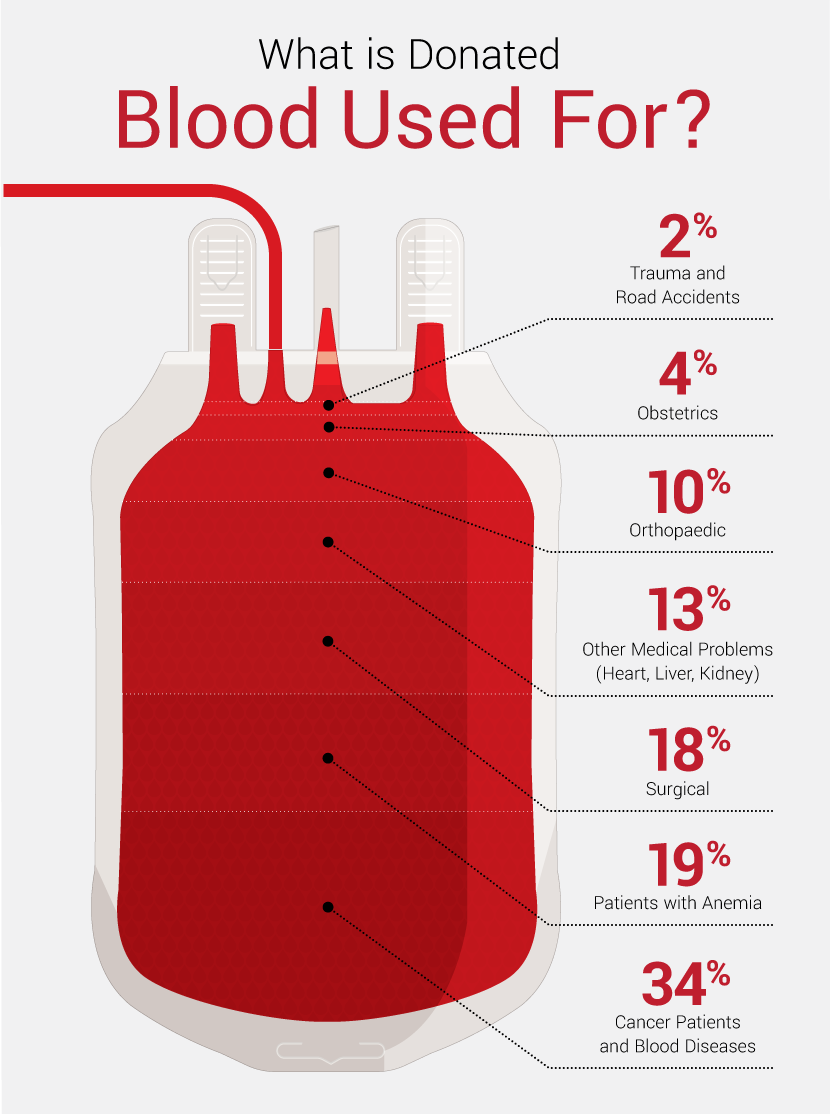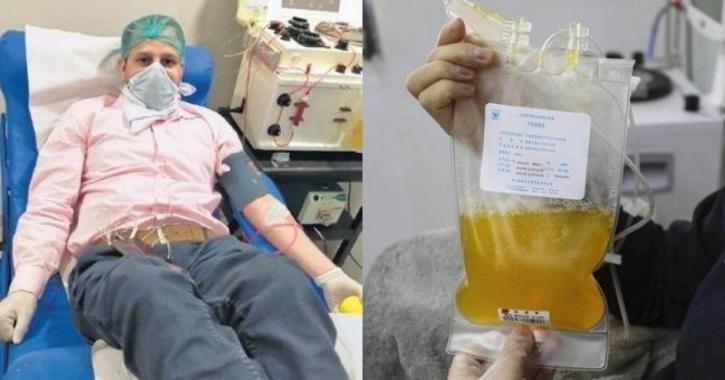- Your d onation c an s ave a l ife. Perhaps the most convincing reason is that a plasma donation can save someone's life. ...
- It h elps create t reatment for p eople with b lood c onditions. A plasma donation from you can also save more than one patient. ...
- It's s afe. ...
- It's u rgent. ...
- You g et c ompensated.
What disqualifies you from donating plasma?
Quite simply, plasma donors are needed because lives depend on plasma protein therapies. Donating plasma is often called, "the gift of life." Only a small number of people living in the U.S. who are eligible to donate blood or source plasma actually donate. The plasma protein therapeutics industry supports donation in all of its forms, so that donors may contribute live …
What are the dangers of donating plasma?
3 rows · Why Should You Donate Plasma? Now that you know how vital plasma is to the human body, ...
Who should not donate plasma?
May 06, 2020 · Blood plasma donations are used for slightly more specific purposes than a general blood donation. The most common uses of plasma donations include individuals who have experienced a severe trauma, burn or shock, adults or children with cancer, and people with liver or clotting factor disorders.
What can disqualify you from donating plasma?
If you are using a smartphone to capture your photo, go to camera settings and select a photo size of at least 2048 x 1152 or higher. The file size must be smaller than 20MB. Enter the 4 numbers in the picture. By checking this box, you accept and agree to the Grifols Assignment of Image Rights Policy . * These are required fields.

Why do people donate plasma?
Plasma donations ensure that these individuals can receive a plasma transfusion to supplement their body’s clotting ability and stop excessive bleeding from occurring. Finally, children and adults with cancer sometimes experience complications in which their body has used up all of their natural clotting factors.
How does plasma donation work?
During a plasma donation, blood is removed from the donor’s arm and run through an automated process that removes the plasma portion from the blood. The remaining red blood cells and platelets are then returned to the donor’s arm with a small amount of saline to maintain the overall volume.
Why is plasma important?
Nearly 50% of blood is made up of plasma , which itself contains water, proteins and salts. Plasma plays the critical role of maintaining a healthy blood pressure, blood volume and a proper pH balance. Without plasma, our body would not be supplied with many of the proteins that are necessary to support blood clotting and our immune system responses. In addition, plasma carries many of the electrolytes that our muscles need to function properly and support our activities of daily living.
How often can you donate plasma?
Individuals can donate plasma as often as every 28 days, and the average donation takes about 1 hour and 15 minutes.
How long can plasma be frozen?
Donated plasma can be frozen and stored for up to one year.
What is AB plasma?
AB is the universal blood type for plasma donations and can be given to patients with any blood type. It’s critical in trauma care, where there’s often not enough time to test blood type prior to transfusion. Since only 4% of the population is type AB, more type AB plasma is needed than there are often donors available to give it.
What is the purpose of plasma donation?
This anticoagulant is meant to prevent blood clots from forming.
Why is plasma important?
Plasma is rich in nutrients and salts. These are important in keeping the body alert and functioning properly. Losing some of these substances through plasma donation can lead to an electrolyte imbalance. This can result in dizziness, fainting, and lightheadedness.
What are the side effects of plasma donation?
Bruising and discomfort. Bruising and discomfort are among the milder and more common side effects of plasma donation. When the needle pierces the skin, you may experience a pinching feeling. You may also experience a dull, pulling sensation at the needle site as blood is drawn from your vein, into the tubing, and then into ...
What is arterial puncture?
An arterial puncture is a very rare side effect that can occur any time a needle is used to tap into a vein. During a plasma donation, a technician starts by inserting a needle into a vein in your arm. An arterial puncture can happen when the technician accidentally misses your vein and instead hits an artery.
How long does it take for a bruise to go away?
This can happen when a needle punctures a vein and a small amount of blood leaks out. For most people, bruises go away in days or weeks. But if you have a bleeding disorder, it may take more time.
Can a needle pierce the skin?
Any time a needle is used to pierce the skin, there is always a small risk of infection. Punctured skin tissue allows bacteria from outside the body to get in. The needle may carry bacteria not only beneath the skin’s surface, but into a vein.
How to tell if you have an infection?
Signs of an infection include skin that feels warm and tender and looks red and swollen, with pain at and around the injection site. If you notice signs of infection, it’s important to see a doctor right away to prevent complications.

Popular Posts:
- 1. company when you buy a product you donate to a charity
- 2. where can i donate an egg for money
- 3. who can donate money to me
- 4. where to donate my hair for charity
- 5. how many pints can you donate
- 6. how to set up a donate tab on facebook
- 7. why cant you donate blood after covid vaccine
- 8. how much should i donate at met
- 9. how much did obama donate?
- 10. donate gifts to people who need heat in atlanta